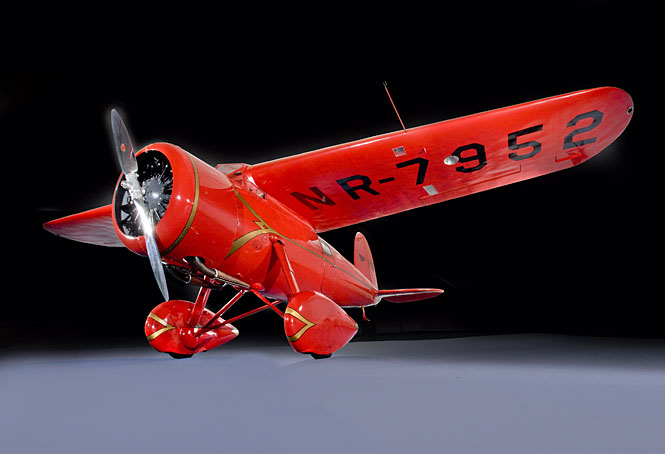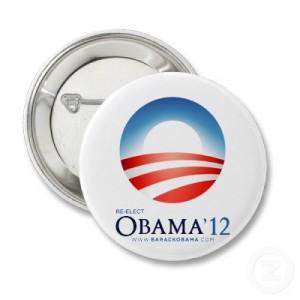This year is the 175th anniversary of the start of the Patriot War, a war that most people never heard of. It is the war in which citizens of the United States, not their government, declared war on the British. Aligned with Canadian rebels, they attacked England’s Canadian colonies 10 times between December 1837 and December 1838 from Michigan, Ohio, New York and Vermont.
Rebellions in Lower Canada (now Quebec) and Upper Canada (now Ontario) flared up in November and December, respectively, in 1837. The British army and colonial militia quickly extinguished the uprisings. The ill-prepared rebels lacked the training and strength to prevail. The insurgency should have ended before Christmas. It did not.
The defeated rebels fled to the United States where Americans of all social classes embraced them as heroes. Due to a unique confluence of American history and economics, tens of thousands of people offered money, provisions, arms, and sometimes their lives in the pursuit of Canadian freedom.
The fact that bands of Canadian colonists in Upper and Lower Canada took up arms in the pursuit of responsible government is not surprising given the political realities of 1837.
A two-tiered government ran the colonies of Upper and Lower Canada. Each had a legislative assembly elected by voters. Both had an all-powerful executive council made up of prominent citizens, headed by a lieutenant-governor appointed by the Crown. The executive council could and did disregard advice and legislation from the elected assembly.
In both colonies, political parties arose to argue for democratic reform. More than once, these parties formed a majority in the legislative assemblies. The executive councils ignored them or, worse, passed laws that enflamed them. Eventually, a minority of reformers in both colonies counseled open rebellion as the only path to representative government. The mood in Canada matched the temper in America in 1775 when colonists fired the first shots of the Revolutionary War.
While Canadian politics fumed in 1837, the United States society seethed with its own discontent. Between 1780 and 1837, the US population rose from 2,780,000 to over 16 million. The count of states doubled from 13 to 26. Settlement had pushed civilization from the coastal plains west past the Mississippi River.
After 56 years of growth and prosperity, America hit a wall in 1837. Rampant land speculation combined with a sudden distrust of banks and of the new monetary innovation, paper money, led to the Panic of 1837. English banks called in loans made to US banks. Those banks held little real money—their assets being notes based on landholdings—and failed. Fortunes disappeared. Unemployment spiked. A five-year recession began.
Following the Texas Revolution (1835-1836), many Americans, especially young men, envisioned themselves as new Crusaders, gallant fighters for democracy. (That the Texas Revolution had much to do with Mexico's prohibition of slavery was not well known then.)
In 1837, Americans along the border from Maine to Wisconsin still harbored enmity for the British government. Though 56 years had passed since fighting ceased in the American Revolution and 23 years since the War of 1812 ended, people in those states wanted the continent purged of any vestige of English despotism.
Americans had no quarrel with Canadian colonists, who were kith and often kin. Immigration controls being rudimentary, citizens flowed between the nations at will. Cross-border business connections and marriages were commonplace.
When you combined the romanticism of the Texas Revolution with the destabilizing effects of a recession and a deep-seated grudge against the British, it is easy to understand why Americans took up the Canadian rebels' cause. Brothers in difficult times, the Canadian rebellion offered an opportunity for young men to be heroes and old men to kick out the monarchists.
The raids left dozens of Canadian and American raiders dead. Fifteen Americans hanged and the British shipped about ninety others to the Tasmanian penal colony. The Patriot fighters saw themselves as freedom fighters. Their efforts are worth remembering.
This is the first in a series of guest posts on the Patriot War by blogger and author Shaun J. McLaughlin. Visit his blog at www.raidersandrebels.com. To learn more about his two Patriot War books, one history and one fiction, visit www.raidersandrebelspress.com.

